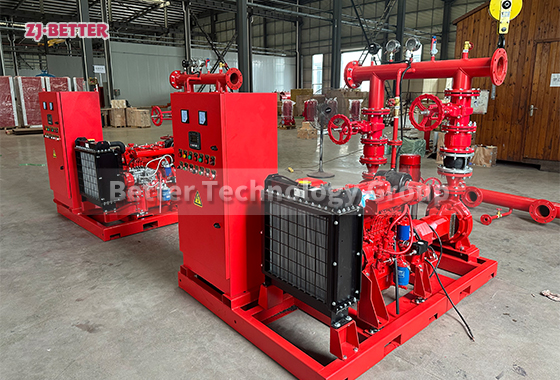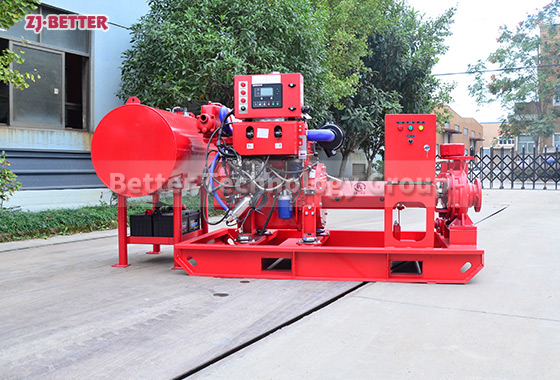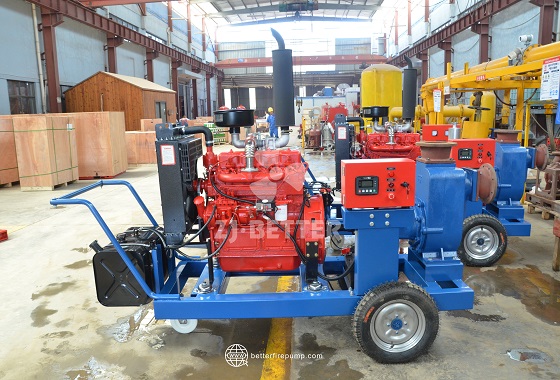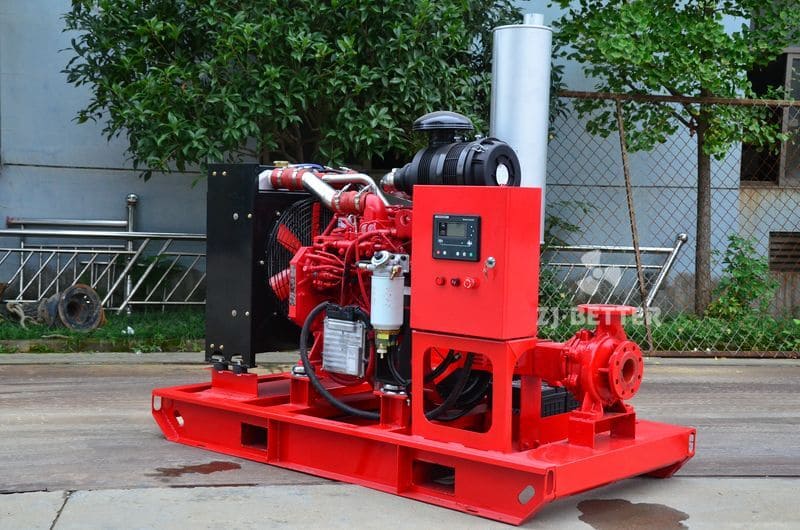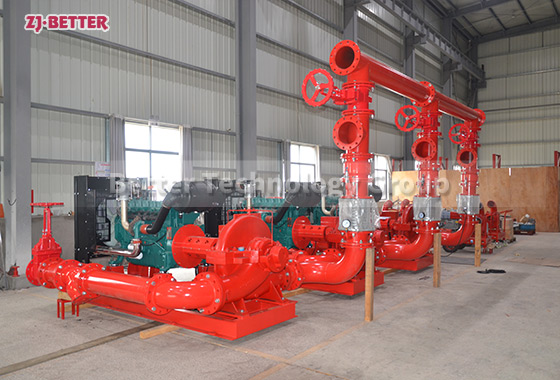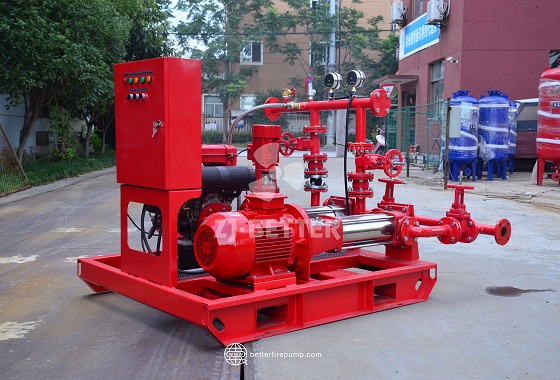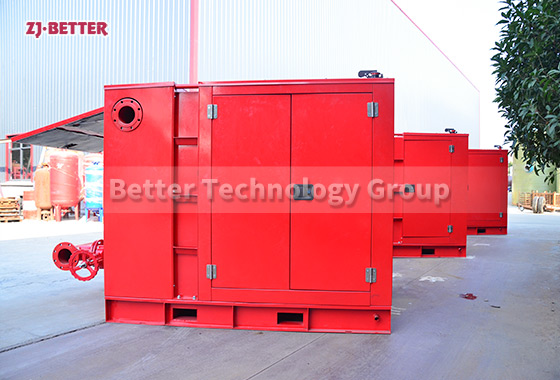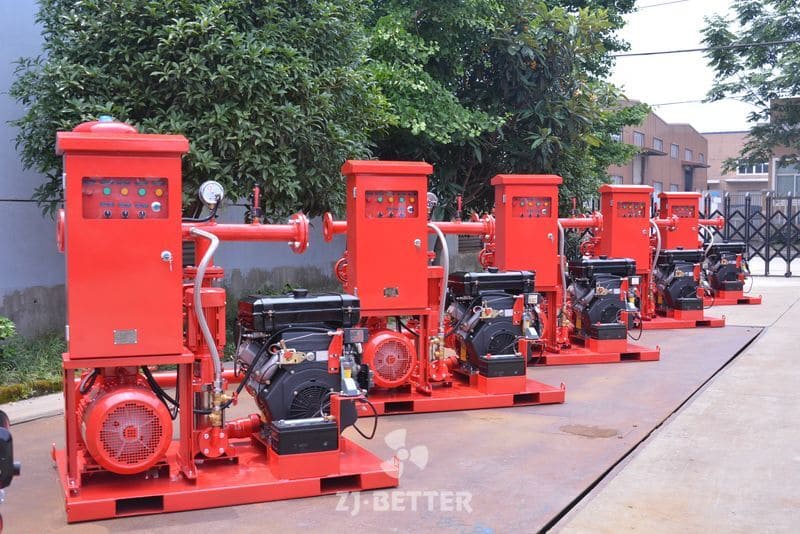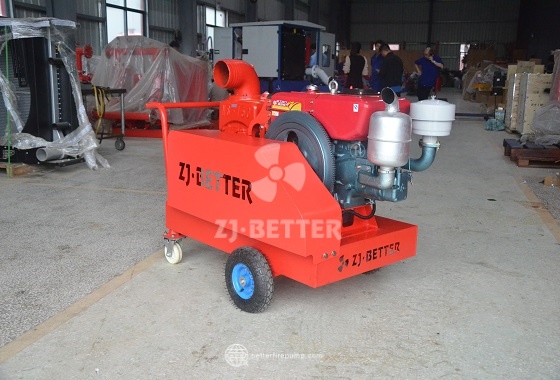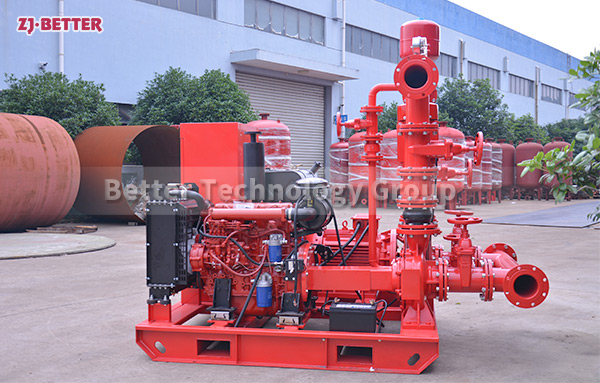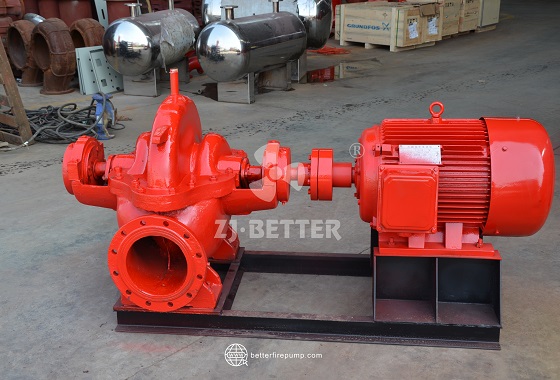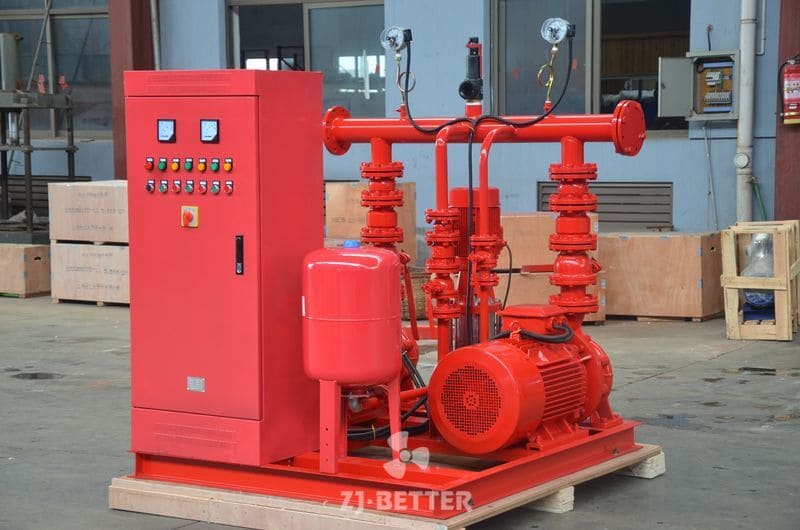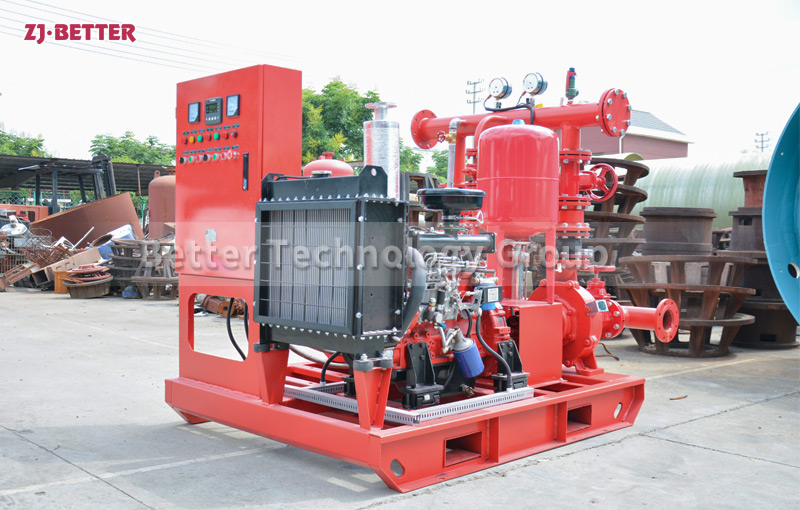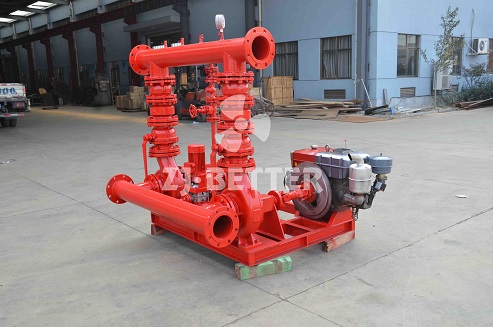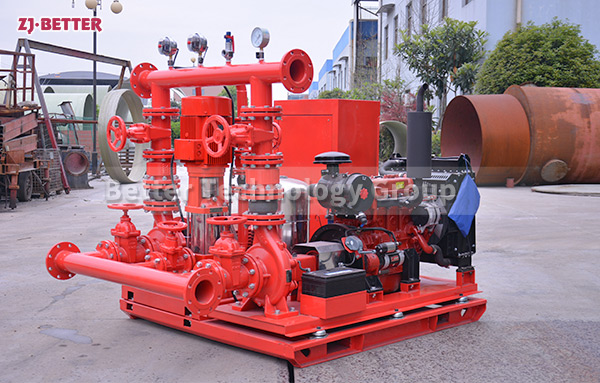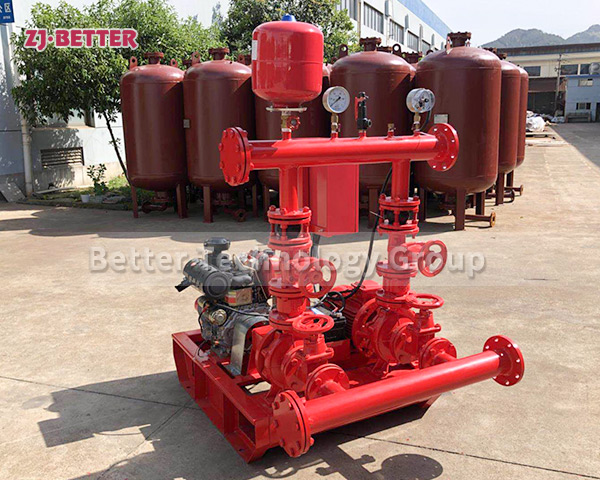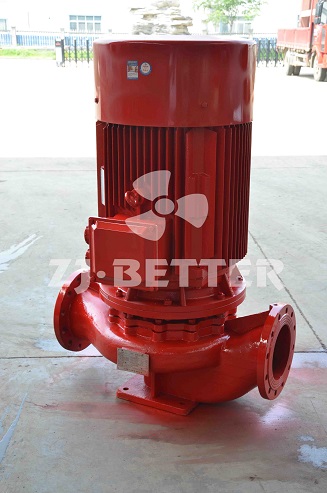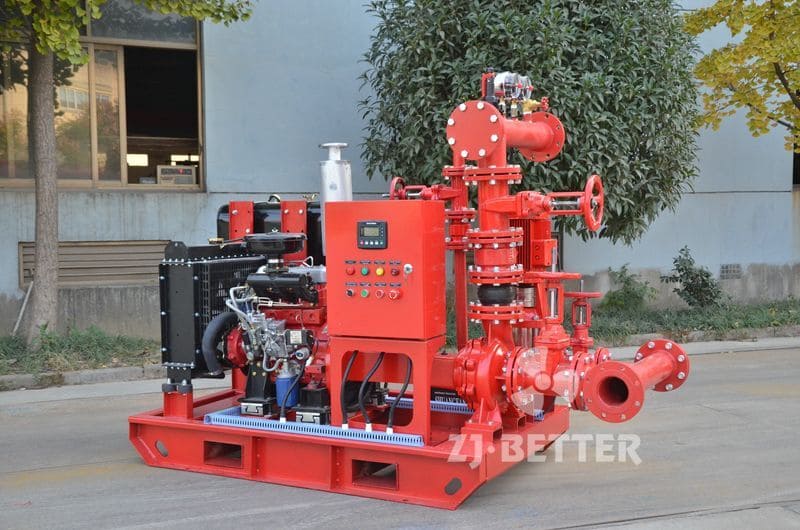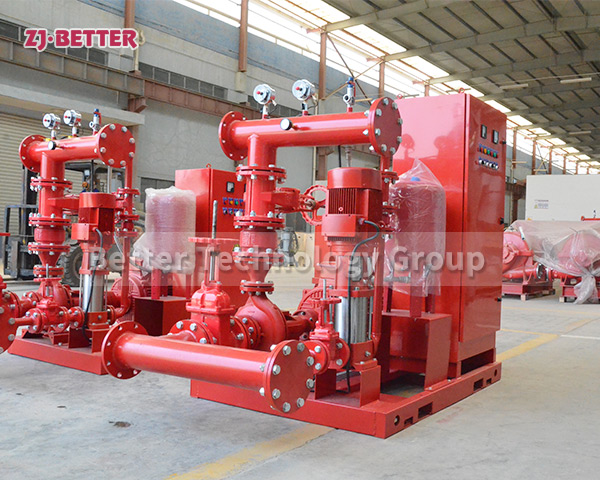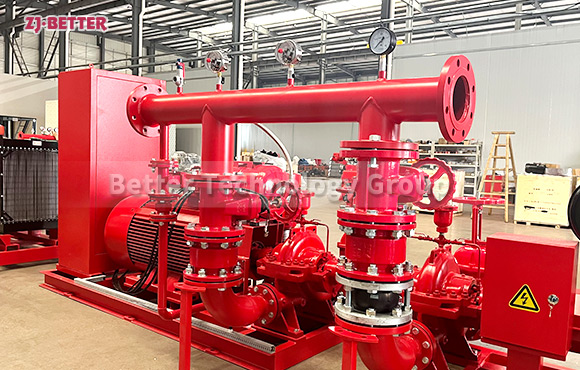How do fire pumps contribute to the resilience of water supply systems in urban areas?
In urban areas, where water supply systems may be complex and highly interconnected, fire pumps play a crucial role in ensuring resilience and reliability. These pumps help maintain adequate water pressure and flow across different zones within the city, especially during peak demand periods or in the event of a fire. Fire pumps are often integrated into municipal water systems, providing additional pressure support for firefighting efforts and ensuring that water can be delivered quickly to where it is needed most. In some cases, fire pumps are also used to support the overall stability of the water supply network by compensating for pressure drops caused by infrastructure issues or increased usage.
In urban areas, where water supply systems may be complex and highly interconnected, fire pumps play a crucial role in ensuring resilience and reliability. These pumps help maintain adequate water pressure and flow across different zones within the city, especially during peak demand periods or in the event of a fire. Fire pumps are often integrated into municipal water systems, providing additional pressure support for firefighting efforts and ensuring that water can be delivered quickly to where it is needed most. In some cases, fire pumps are also used to support the overall stability of the water supply network by compensating for pressure drops caused by infrastructure issues or increased usage.

